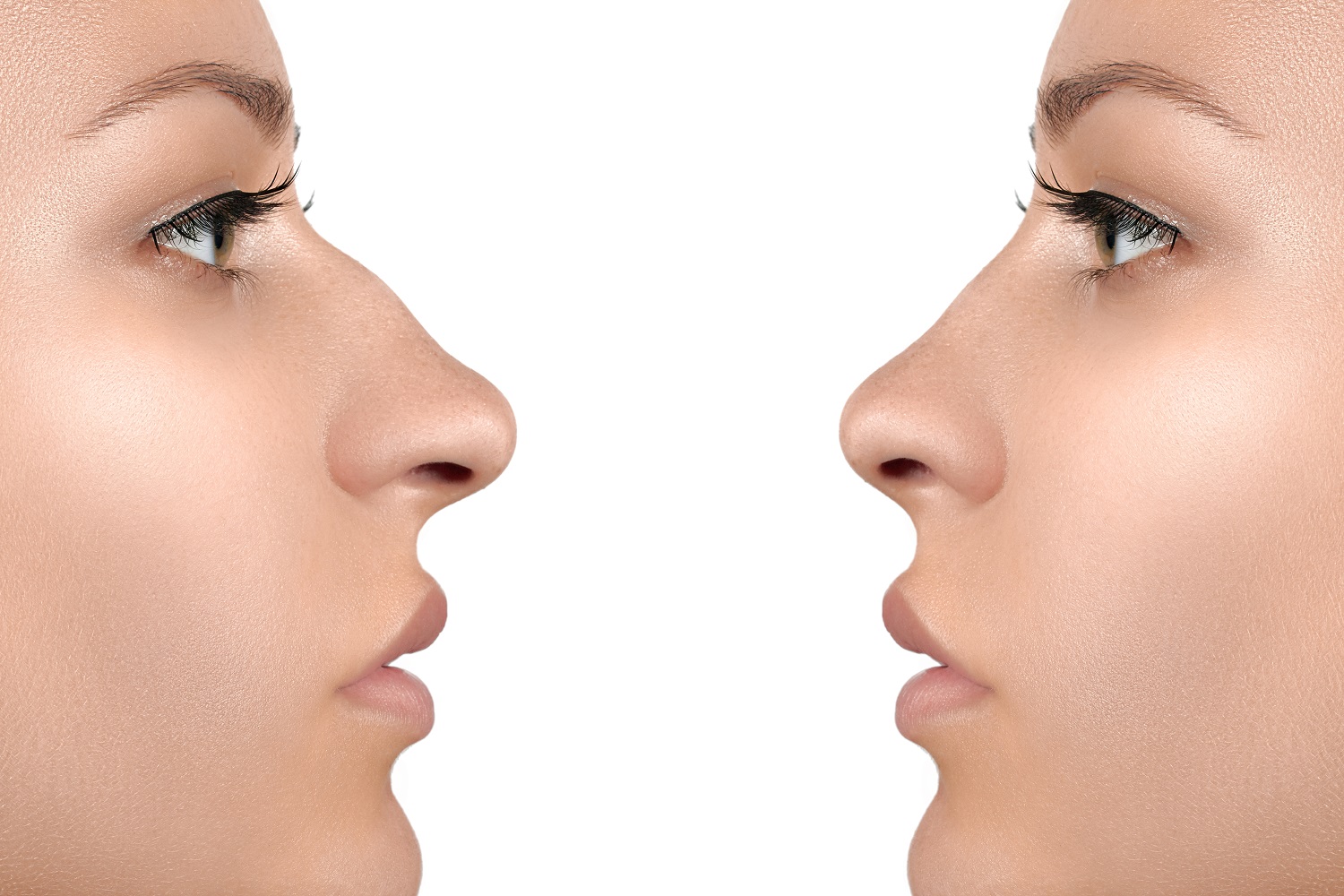
Nose correction – what is it, for whom is it and why should it be done abroad?
A nose correction, also known as rhinoplasty, is one of the most frequently performed procedures. Corrections are performed for aesthetic as well as medical reasons. The operation eliminates a humped or crooked nose, cures sinus diseases and allows you to breathe more freely. There are many methods and reasons for undergoing the procedure.
Plastic surgery of the nose
The plastic surgery of the nose proceeds like a normal surgical operation. During the procedure the shape of the bony and cartilaginous skeleton of the nose is improved. The operation takes about 2 hours and is performed under general anaesthesia. We distinguish between total and secondary correction. Total nose correction is performed in people who are not completely satisfied with its shape. The nose may be too wide, strongly deformed, have a crooked nasal septum or be humped. Surgery is always performed on people who have completed puberty, assumed to be after the age of 15. Only then can it be determined what the final skeleton looks like and what exactly needs to be operated on. Plastic surgery of the nose can be performed using two methods: closed and open.
Closed rhinoplasty
During this procedure, incisions are made inside the nose to gain access to the supporting bone and cartilage. With this method, correction of soft and hard parts of the nose can be performed. During the surgery of soft parts, the lateral part of the nose (lateral and wing cartilage) is interfered with. Incisions are made under and between the cartilage and through its entire thickness. The bony part of the nose is the hard parts. Here the range is limited. Closed plastic surgery has many supporters, because in this case the surgical scars are invisible, because they are on the inside.
Open rhinoplasty
During the operation, the surgeon makes a thin W-shaped incision that is perpendicular to the nasal septum. In this case, a small scar remains after the cut. However, many more complicated operations can be carried out using this method.
Moreover, the total correction of the nose is called a quadruple osteotomy. This means that during the procedure changes are made in all tissues, i.e. cartilage, bone and the tissue located inside the nasal septum.
Secondary nose correction
It is carried out when a reoperation needs to be performed. It consists in a second operation of the nose in order to correct mistakes connected with the original surgery. It is used by people who did not like the effect of plastic surgery, or during the procedure the tissues of the nose were distorted or improperly blood supply. Most often, the secondary nose correction is performed in case of a sunken tip or its too high protrusion. Reoperation should be done after consultation with the surgeon. The earliest it can be performed is one year from the date of the original surgery, because then all the tissues have had time to heal.
Nose correction – when to perform?
Nose plastic surgery is performed for aesthetic or medical reasons. Aesthetically, the aim of the operation is to change the shape of the nose so that it is shapely and proportionate. Most often it consists in making the nose smaller, eliminating the hump or asymmetry. Often it is also the reduction of holes in the nose, or adjustment of their distance. It is also possible to enlarge the nose with the help of synthetic materials or cartilage, which usually comes from the ear. On the other hand, the aim of the medical operation is to reconstruct the nose or to eliminate deformities which have arisen due to an accident, injury, illness or as a result of congenital defects. The most common operations include straightening of the septum or reduction of overgrown nasal conchae.
What are the medical indications for nose correction?
First of all, it is a symptomatic curvature of the nasal septum. The curvature of the septum itself is not the underlying cause, but it often causes patients to have problems with breathing, snoring at night, runny nose and sinusitis. It is less common for people with a crooked septum to have a lack of taste, smell or a hearing problem due to an impaired equalization of pressure between the middle ear and the throat.
Indications for plastic nose surgery also include defects that have occurred during an accident or injury. In this case, the nose is initially reconstructed and the defects are filled with cartilage or an implant. This also provides an ideal opportunity to reshape it as there is an opportunity to do so. During reconstruction, the surgeon may also decide to straighten the nasal septum. In the same way, plastic nose surgery is carried out on people who were born with significant defects in this area. These are either rebuilt with implants or simply removed. The indication for nose surgery is also psychological. In this way, the patient gains better self-esteem and self-confidence.
Nose correction – home country or abroad?
The prices for rhinoplasty procedures vary. It depends on the problem, complexity of the operation and number of required visits. In most countries a rhinoplasty is really expensive and people have to save a long time to afford it. Admittedly, having the nose correction abroad like in the Czech Republic, is far from home and a longer trip is required. On the other hand it is possible to save much money and still getting a high quality operation.
Price of rhinoplasty in Czech Republic starts from 1999 €. They employ experienced doctors who will advise you and carry out the entire procedure almost painlessly. Treatment carried out abroad means low costs, experienced doctors and clinics with a reputation. Meditravel.com deals with the organisation of such trips. What is more, the services include a free consultation and the stay in a nice hotel. Such a trip combines both the pleasant and the necessary.

